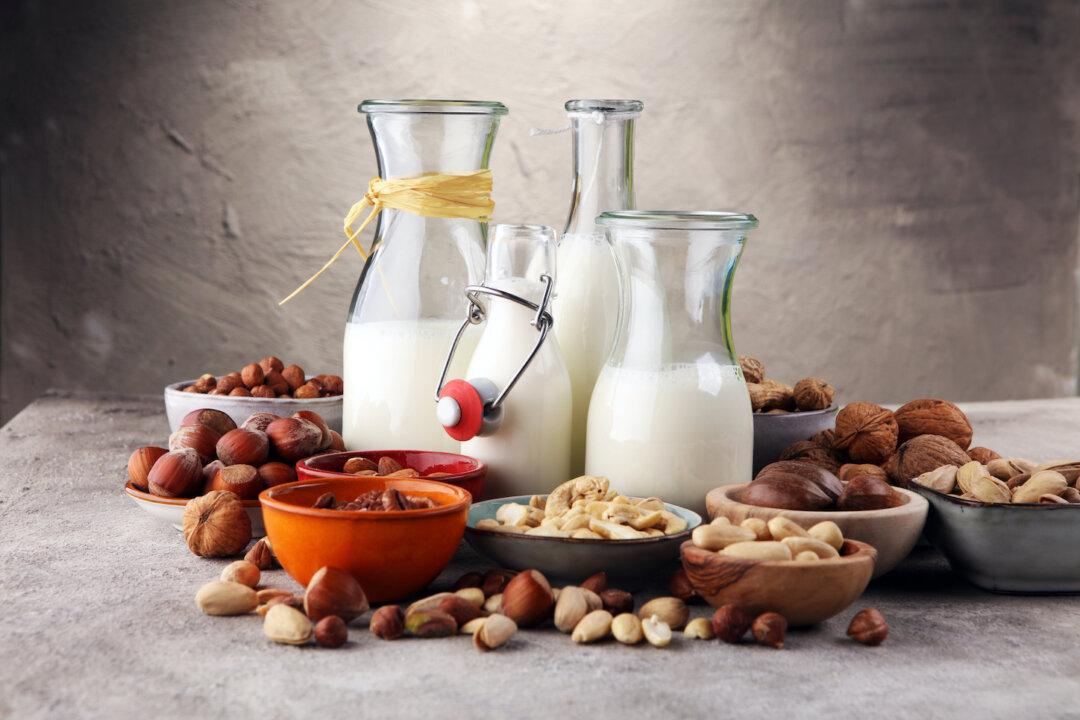You’ve probably noticed it when you’re in the grocery store—nondairy milks are booming. They aren’t just gaining shelf space in the refrigerated section next to dairy milk, they’re also expanding in the dry goods section next to breakfast cereals. And the choices are growing, too.
Today’s nondairy milks include the familiar soy, rice, oat, coconut, and almond milks, as well as milks made from peas, hemp, flax, cashews, hazelnuts, pistachio nuts, walnuts, peanuts, macadamia nuts, pecans, lupin beans, quinoa, garbanzo beans, sesame seeds, tapioca starch, and even potatoes.






